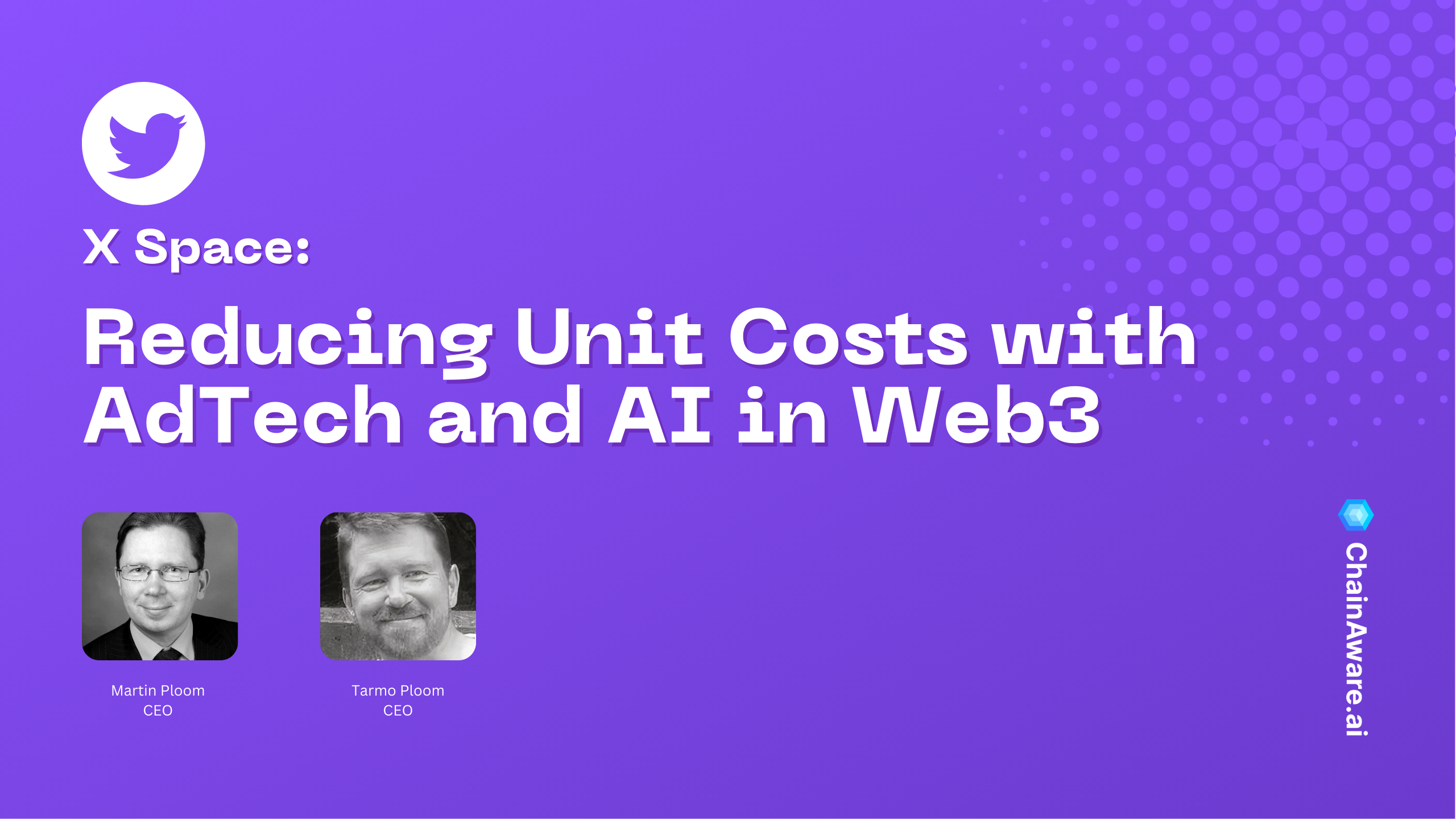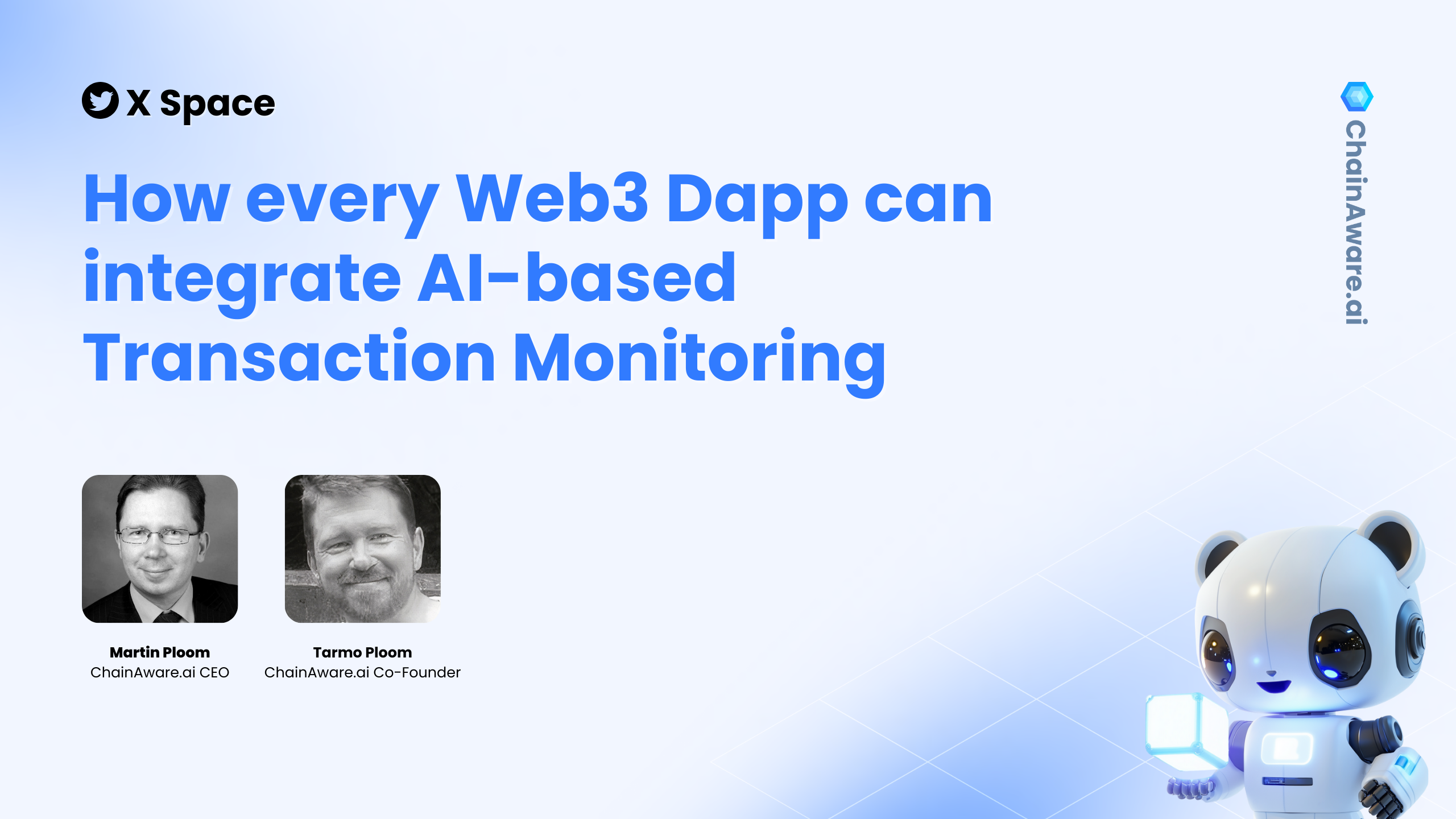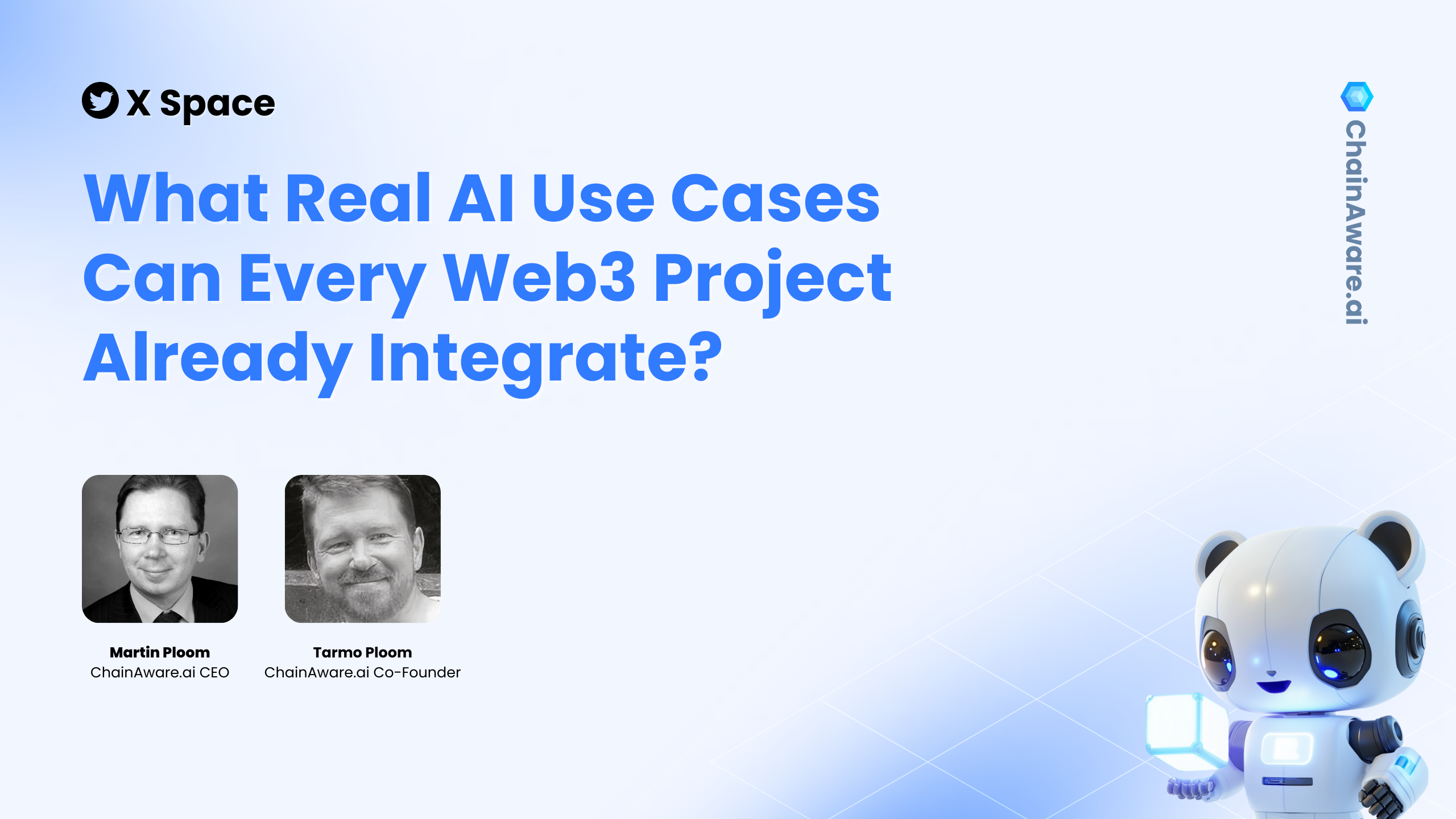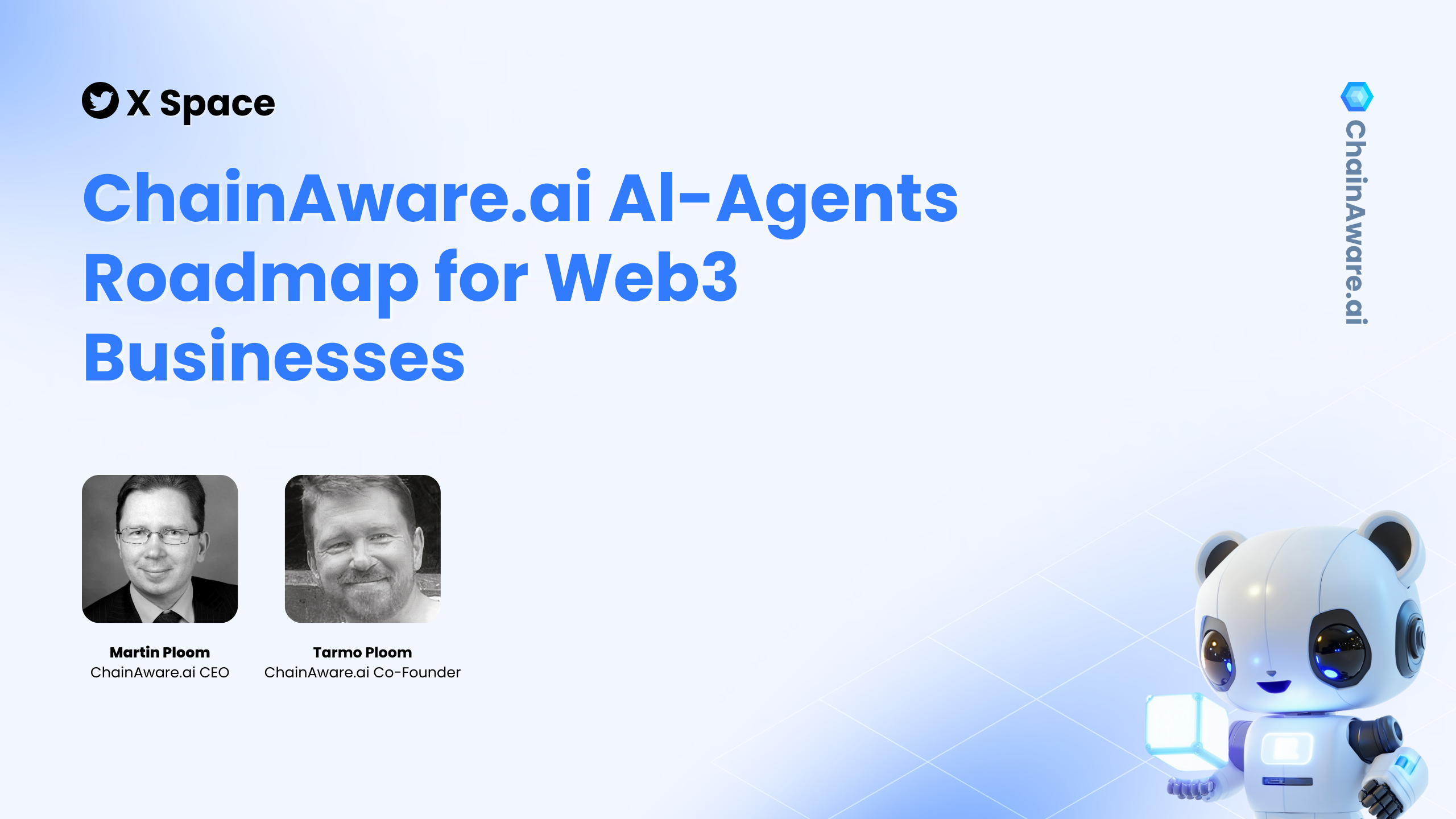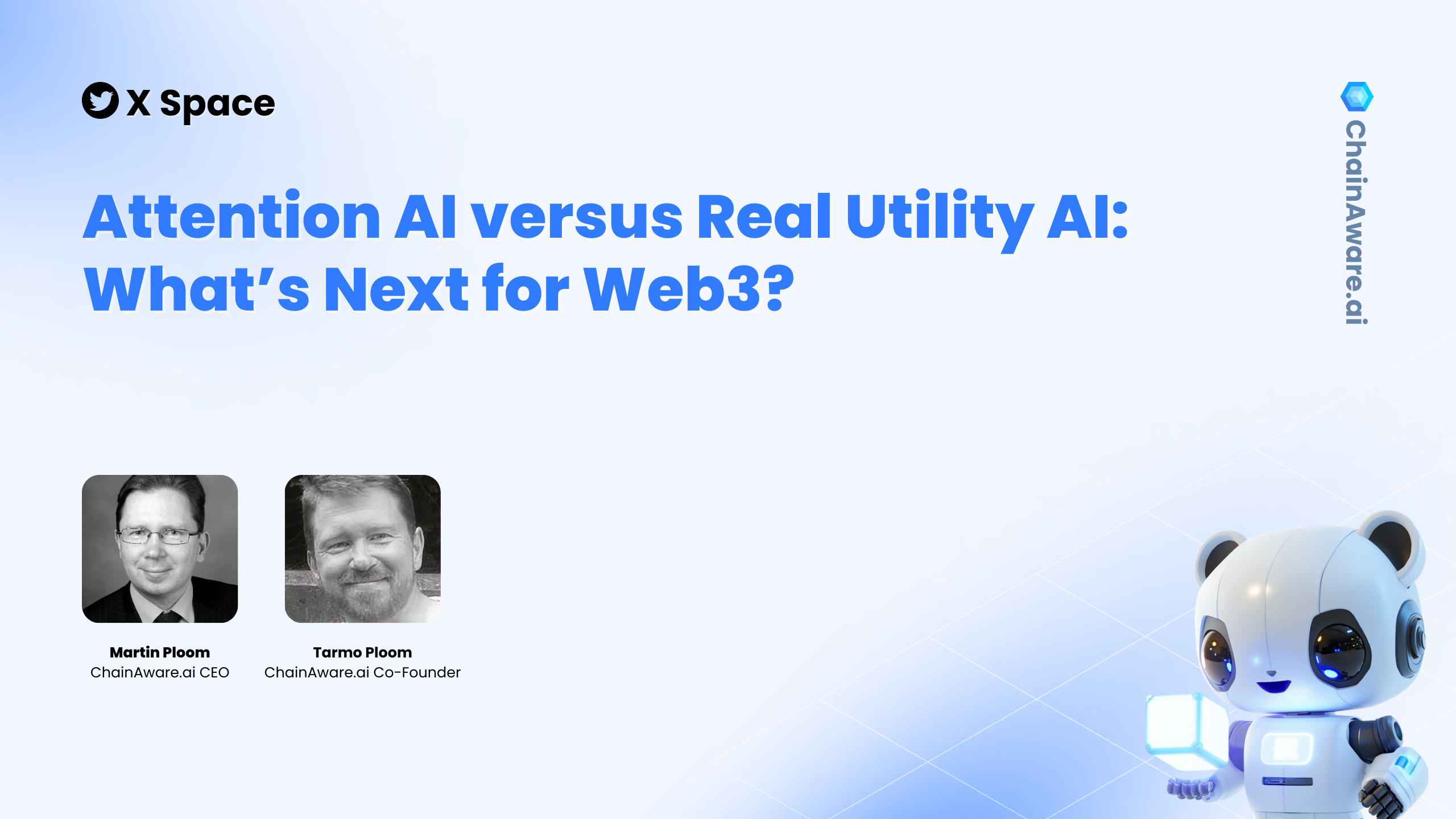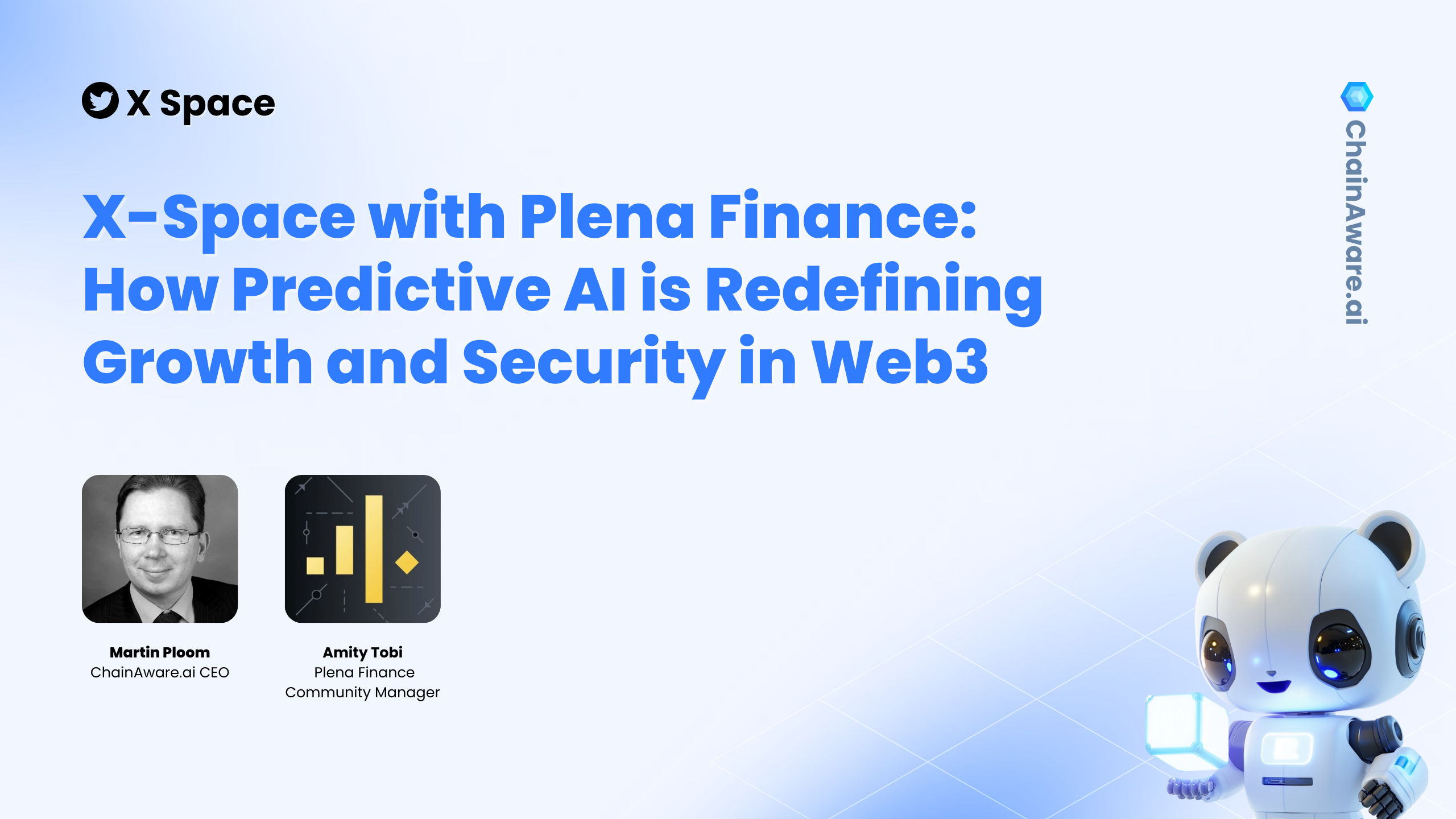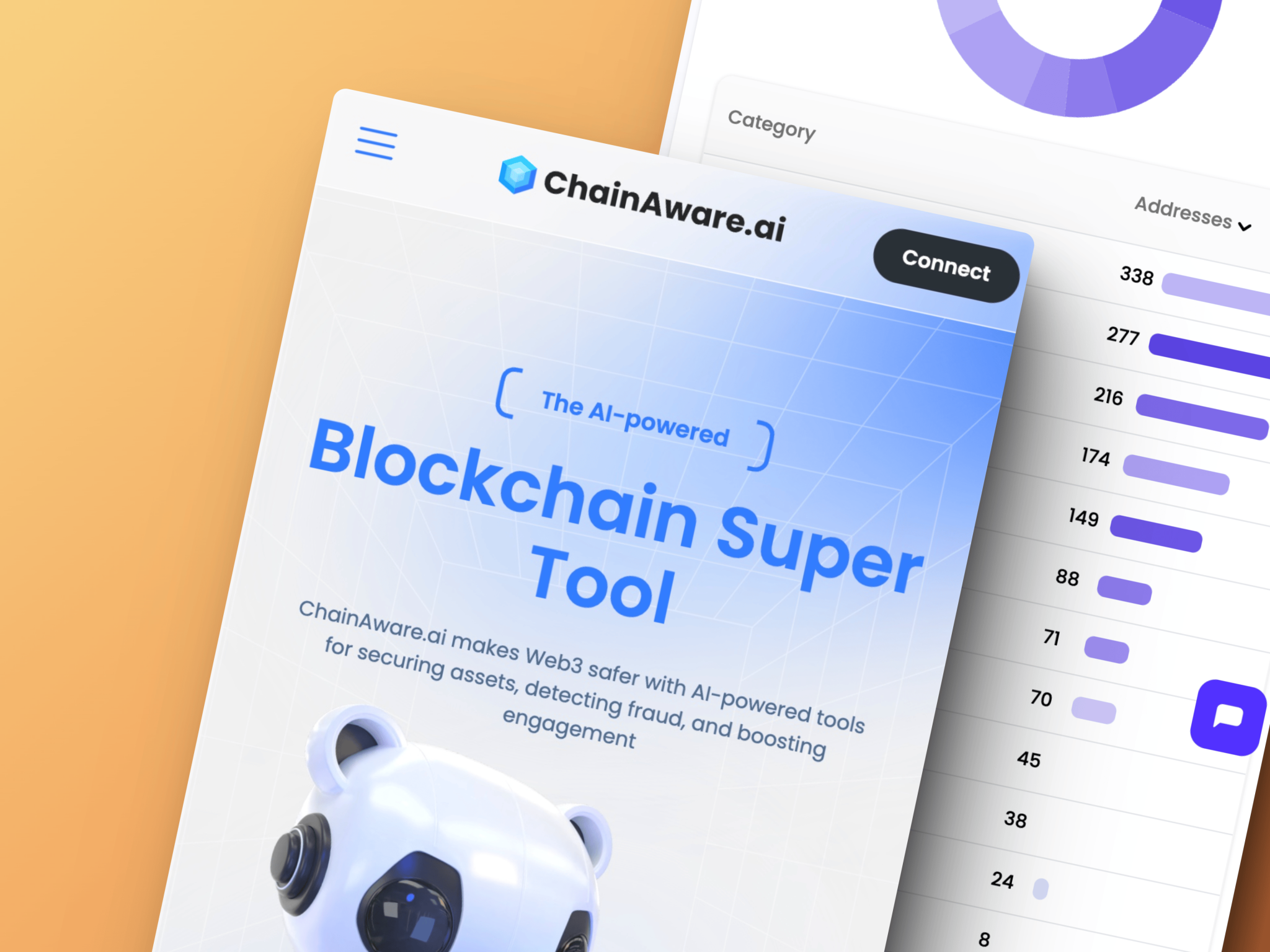Watch the full video: https://www.youtube.com/watch?v=NZ442F2IR0Q
1. Introduction: Overview of Web3 AdTech and Unit Costs
This session discusses the importance of unit costs in business, especially for startups and Web3 companies. Martin and Tarmo emphasize that businesses must reduce unit costs to succeed, and they explore how Web3 AdTech, powered by AI, can help lower these costs, making Web3 more competitive with Web2.
2. Understanding Unit Costs in Business
Unit costs are the expenses associated with producing one unit of a product or delivering a service. The discussion divides unit costs into two categories:
- Acquisition Unit Costs: The cost to acquire a customer.
- Business Process Unit Costs: The cost to maintain and run the business processes once the customer starts transacting. Both types of unit costs are essential for determining the sustainability and profitability of a business.
3. Web2 vs. Web3: Key Differences in Unit Costs
Web2 companies have higher business process unit costs due to their reliance on back-office operations. In contrast, Web3 is designed to be fully automated, with minimal back-office involvement, resulting in much lower business process costs. However, Web3 companies face massive acquisition costs, which hinder their competitiveness and ability to become cash-flow positive.
4. Web2’s Strategy: AdTech and AI to Reduce Unit Costs
Web2 companies have managed to overcome their high business process costs by significantly optimizing customer acquisition through AdTech and AI. Web2 platforms like Amazon, Facebook, and Google leverage machine learning to drive down acquisition costs by targeting the right users at the right time. This allows them to offset their high operational costs and remain profitable.
5. Challenges with LLMs (Large Language Models) in Web2
Web2 companies are investing in LLMs to further automate and optimize processes. However, LLMs have limitations, such as high false positive rates and the inability to explain their responses. These limitations make it difficult for LLMs to deliver the full promise of reducing business process unit costs. The current trend in Web2 is to push AI solutions like LLMs, but this is not a long-term fix.
6. AdTech in Web2: Reducing Acquisition Costs through Targeting
AdTech has allowed Web2 companies to reduce acquisition costs by implementing highly targeted, intention-based marketing. Platforms use vast amounts of data (e.g., search history, browsing behavior) to predict customer behavior and tailor messages, resulting in high conversion rates. Adaptive user interfaces further enhance the personalized experience, driving higher engagement and transactions.
7. Web3’s Current Challenges: High Acquisition Costs
Although Web3 has much lower business process unit costs, it faces extremely high acquisition costs. Acquiring a transacting user in Web3 can cost over $1,000, which makes it difficult for startups to generate sustainable revenue and become profitable. This contrasts sharply with Web2, where acquisition costs are much lower due to the use of advanced AdTech.
8. The Need for Web3 AdTech
For Web3 to compete with Web2, it must adopt similar AdTech strategies to reduce acquisition costs. Web2’s success in reducing acquisition costs came from intention-based marketing and adaptive interfaces, which Web3 currently lacks. Implementing predictive AI models and one-to-one marketing in Web3 could help achieve the same cost-saving effects.
9. Why Web3 AdTech is More Efficient than Web2
Web3 AdTech has the potential to be even more effective than Web2 because of the unique properties of blockchain data. Financial transactions on the blockchain provide high-quality, publicly available data that can be used to accurately predict user behavior and intentions. This data has a higher predictive power than search or browsing history, giving Web3 a competitive edge in targeting users more efficiently.
10. Conclusion: The Future of Web3 with AdTech
The future of Web3 depends on its ability to lower acquisition costs through the use of advanced AdTech. By leveraging blockchain’s high-quality data, Web3 companies can implement predictive models to achieve lower acquisition costs, similar to Web2. If Web3 can combine its lower business process unit costs with effective AdTech, it will outperform Web2 and become the dominant paradigm in the digital economy.
